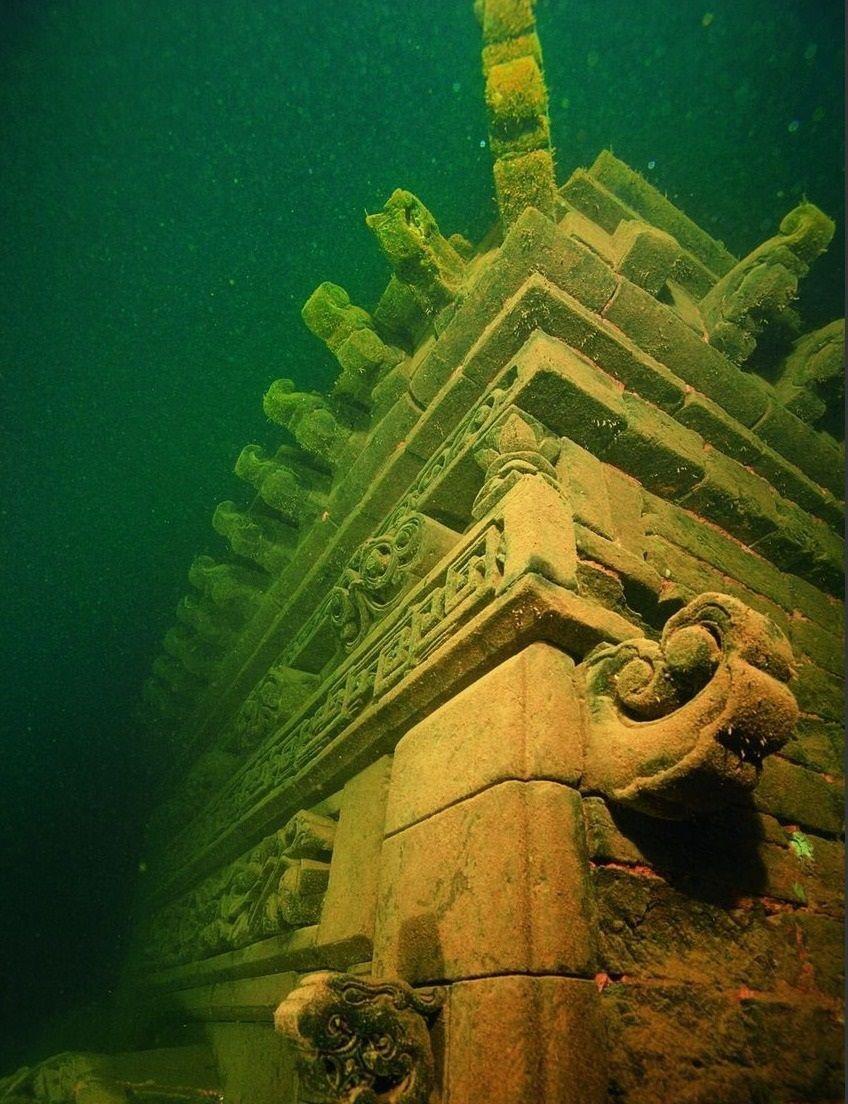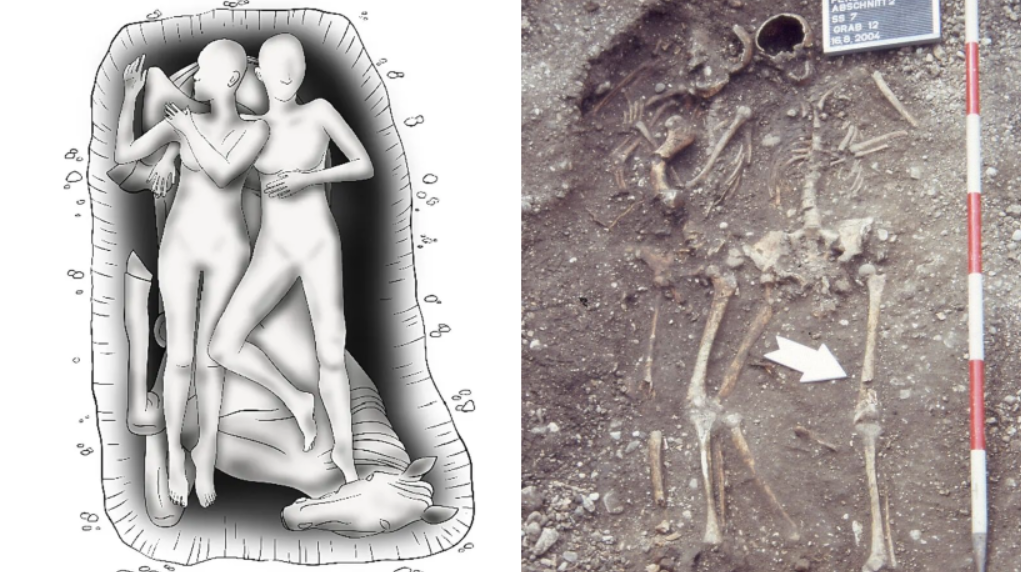Βelow the calm surface of Qiandao Lake in the Zhejiang Province of China lie the mysterious ruins of two ancient underwater ‘lost’ cities, dating back to the Han and Tang dynasties.
(Chinese National Geography)
Shī Chéng (Chinese: 狮城, literally ‘Lion City’) is an ancient underwater city situated under Qiandao Lake in the Zhejiang Province of China. The city was flooded for the purpose of Industrialization by the Chinese Government in the year 1959 after a hydroelectric dam was required for the province of Zhejiang.
Qiandao Lake, also known as Thousand Island Lake, is a sprawling body of fresh water, covering 573 sq. km. The name comes from the fact that there are over a thousand islands in the lake.
According to the evidence found, the lost city was inhabited for centuries, but is now primarily used as an underwater tourist attraction by tourists and diving experts.
Shī Chéng was named the 'Lion City' after the nearby Wu Shi Mountain (Five Lion Mountain) in the Qiandao Lake.
Origins and Discovery
Aerial view of Qiandao Lake. Photo by Chinese National Geography.
Shī Chéng was purposely flooded to create space for a hydroelectric dam on government orders. Approximately 300,000 people were relocated as a result of the project. The former residents were connected with the Lion City by basis of ancestry and culture.
(Chinese National Geography)
Shī Chéng was believed to be the most prominent Chinese city that remains well-preserved. Many of its homes, temples structures and paved roads were preserved by being 131 feet underwater. In this way, it was protected from wind, rain and sun damage.
(Chinese National Geography)
It is believed the city of Shi Cheng was built during the Tang Dynasty in 621 AD, making it nearly 1,400 years old. Based on records of the region’s history, it is thought to be quite large, possibly over 60 football fields, and featured 265 arches throughout the city.
(Chinese National Geography)
Shi Cheng was also unusual in that it was constructed with 5 city gates and towers, as opposed to the norm of 4. The city of He Cheng is believed to date back even further to the Han Dong dynasty (25 -200 AD).
(Chinese National Geography)
The city has five entrance gates, which is different than the traditional four. The stone architecture dates to the Ming and Qing dynasties. Shī Chéng's streets contain 265 archways with surviving stonework that date to 1777, and the city walls date to the 16th Century.
The Chinese government planned an expedition to explore the remains of the lost metropolis in 2001, when the city was rediscovered. In 2011, pictures and graphics were published by the Chinese National Geography, which sparked interest among the general public and researchers to explore.
(Chinese National Geography)
The early divers found Shi Cheng to be largely intact, with many of the structures, carvings, guardian lions, and arches still preserved. There have been efforts to map & document Shi Cheng by divers and researchers, as well as looking into protective measures to prevent damage to it. The cities were declared historical relics under the protection of the Zhejiang Province.
HOW TO GET THERE
There are very few dive operators running trips to Qiandao Lake. I opted to dive with Big Blue Scuba, based in Shanghai, as they have scheduled trips to dive the lake. In addition, Shanghai has a wide range of travel and accommodation options, along with many international and domestic flights to either Pudong Interational Airport (PVG) or Shanghai Hongqiao International Airport (SHA).
The Qiandao Lake dives were offered as a weekend package, including round trip transport between Shanghai and the lake, the dives, tanks and weights, food, and local accommodations. Nitrox and rental gear is available if needed.
From Shanghai it is approximately 400km to the small town of Dashuzhen near the southwestern edge of the lake, taking between 6-7 hours by car. It was actually only 4 hours to reach the eastern edge of Qiandao Lake, however, you will still needed to navigate the local winding roads around the lake (some of which were still under construction) to reach the hotel in Dashuzhen.
(Chinese National Geography)
Another option is to contact the Beijing Dragon Diving Club to see if they have any upcoming Qiandao Lake dives. Members of the club were the first to rediscover the underwater city in 2001.
Because this is a lake dive, it is important to understand the differences between the conditions encountered here vs. clear ocean water. All divers were required to do an initial checkout dive in the lagoon, which only reached around 25ft in depth. Visibility at the surface was 5ft at best, dropping down to a mere 6 inches in some places at the bottom of the lagoon.
(Chinese National Geography)
This quickly made us realize how quickly the visibility could deteriorate, how easily you could become separated from your guide and how disorienting the conditions could become. If any group members had lapses in buoyancy or improper kicking technique that disturbed the low solubility sediment at the ruins, the dive could be completely destroyed for everyone.
PHOTO GALLERY BY CAROLYN WANG
The dive boat can hold 6-8 divers and was docked in the lagoon near the dive staging area where we prepped our gear and suited up. Bathrooms and showers are located at the staging area as well. The Lion City dive sites are about 10 minutes by boat from the dock, and we dove as a group of 3 with our guide. The lake itself becomes dark very quickly as you descend, and dive lights are mandatory as it essentially becomes a night dive as you near the ruins, which lie between 85 – 130ft below.

























